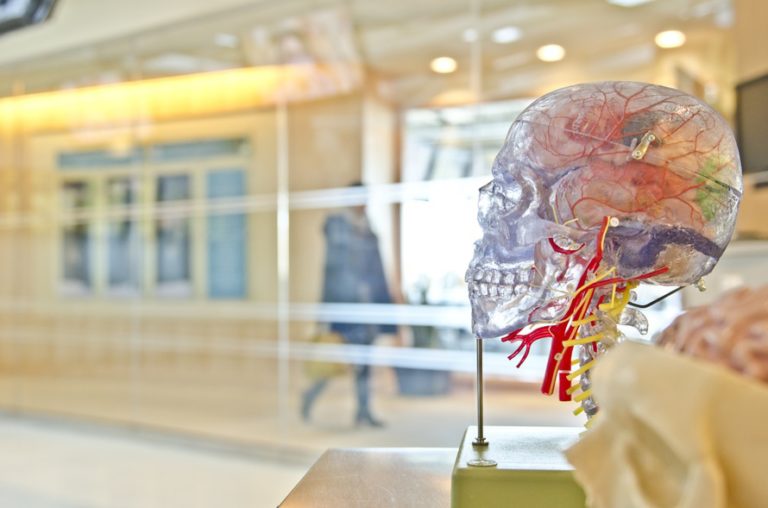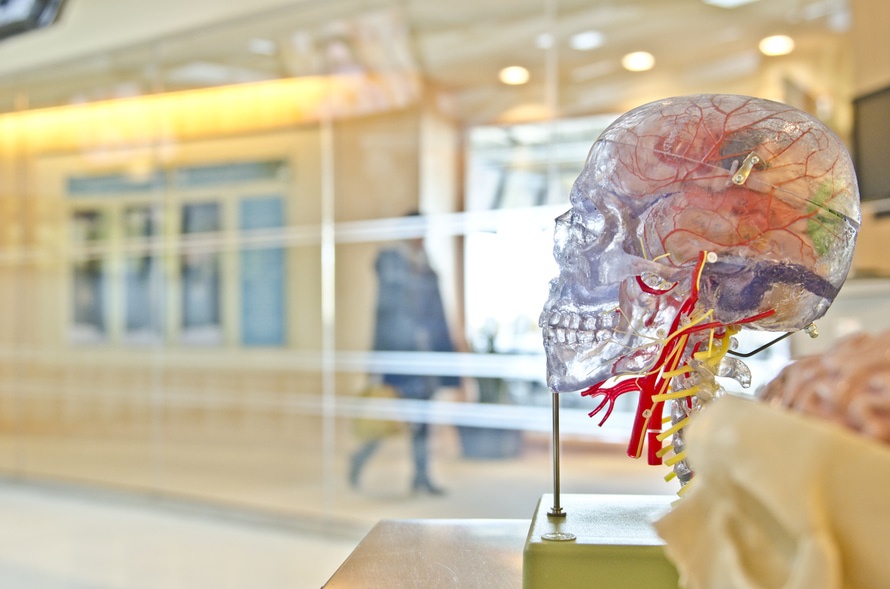
There are many kinds of illness and disease out there, some chronic and some less serious. One of the more serious kinds of disease you can have is genetic diseases. These are diseases caused by an abnormality of some kind in an individual’s DNA. Each of us has a unique genetic makeup, and when something goes wrong it can lead to a number of distinct diseases. One of the major issues with genetic diseases is that they are completely unavoidable. If you are genetically predisposed to a genetic disease, nothing can change that. However, that does not mean that there are no treatment options available. Even for the most life-challenging diseases, there is always something that can be done.
In this article, we are going to look at some of the major genetic diseases prevalent in the world today. We will discuss how they function, what symptoms they typically have, and how they might be cured or aided. If you or a loved one is suffering from a genetic illness, it might help to know as much as possible about how it works and what you can expect. Let’s take a look at genetic diseases in more detail now.
What Is A Genetic Disease?
Before we get into the specifics of each disease in turn, let’s first take a look at the definition of a genetic disease more broadly. What exactly is a genetic disease, and how does it differ from other diseases? As we mentioned above, a genetic disease is a disease which is caused by a genetic mutation of some kind or another. The extent of this mutation can vary dramatically from individual to individual, so no two instances are quite the same. These mutations can range from the minuscule to the major. On the lower end, it might just be a matter of one discrete mutation in a single base of a single gene. If it is something more complex, then it could be a gross chromosome abnormality. This involves the mutation of an entire chromosome or even set of chromosomes. In some cases, the mutation at hand is inherited directly from the individual’s parents. On other occasions, it can be a case of acquired changes taking place in a gene or group of genes. Mutations can occur ultimately at random, or as the result of a distinct environmental change of some kind or another.
The 3 Modes Of Inheritance
We have seen how inheritance is just one way for genetic mutations of this kind to occur. However, it is by far the most common. In fact, there are three main ways in which this type of genetic inheritance can occur. Let’s take a look at each of the three in turn, so as to better understand how it works.
Single gene inheritance is caused by changes which occur only in the DNA sequence of a single gene. There are currently over six thousand known single-gene disorders, and about one in every two hundred births will be affected by one of them. These disorders are often referred to as monogenetic, meaning that they are caused by a single gene.
Multifactorial inheritance is often referred to as complex inheritance. This differs from single gene inheritance. Mostly, in that it is caused by a combination of environmental factors and mutations in multiple genes. These account for some of the most common genetic diseases. This includes some particularly recognisable ones. Disorders such as heart disease, high blood pressure and Alzheimer’s are in this group. So too are arthritis, diabetes and even cancer.
Third, we have mitochondrial inheritance. This is when diseases and disorders are caused by mutations in the DNA of mitochondria. Mitochondria are small rod-shaped organelles which are found in the cytoplasm of both plant and animal cells. Some common diseases of this kind include epilepsy and dementia.
A Closer Look At The Diseases
Now we have a relatively full understanding of how genetic diseases occur and what they are. It is time now to look at a few of the more common diseases in more detail. Some of these will be familiar to you, and others probably less so. But they are all common diseases, and understanding them better is likely to help if you or a loved one suffers from any of them. Let’s take a look at some of those diseases in detail now.
Cystic Fibrosis
As we saw above, cystic fibrosis is a disease of the single-gene variety. However, just because it is caused by a mutation in a single gene, does not mean that it is a simple disease. The truth is, it is a complex and life-threatening illness, and it should be taken seriously. It is an inherited disease, and it affects mostly the secretory glands such as the sweat glands and mucus glands. It mostly affects the lungs, liver, and sex organs. What are the symptoms of this disease?
Often, sufferers of cystic fibrosis experience severe lung and breathing problems. This is due to a heavy build up of mucus. Another common problem is nutritional deficiency. This is a result of the digestive enzymes from the pancreas not being able to reach the small intestine. There are numerous other ways in which this disease affects the entire body. However, in general the symptoms of cystic fibrosis vary hugely from person to person, and over time in the same individual as well. Take a look at https://www.cysticfibrosis.org.uk/ for more information.
There is no cure for cystic fibrosis. However, there are treatment options, and these are being improved greatly as time goes on. A major treatment is the use of medication to deal with the excess mucus in the lungs. This alone is likely to make a sufferer of cystic fibrosis live a more engaging life. There are also airway clearing techniques, which are becoming more and more sophisticated as time goes on. These days, it is likely that a sufferer will be taught these techniques for the long term. This again can help the quality of life hugely. And in the small number of cases where some kind of genetic correction is possible, this might be considered too. Gene therapy such as that found at www.Poseida.com might prove to be the way forward.
Sickle Cell Anemia
This next disease shares in common with the previous the fact that it is a single gene mutation. However, it is a wildly different disease in terms of how it plays out and what it looks like. Sickle cell anaemia is an inherited disorder of the haemoglobin. This disease gets its name from the abnormally-shaped sickle red blood cells which it causes. These are also the reason behind almost every symptom the disease causes. What are those symptoms?
There are a huge amount of common symptoms with this disease, and they amount to a pretty unpleasant list of problems. Shortness of breath and dizziness are some of the most common. So too are headaches and coldness in the extremities of the body. Anaemia, jaundice and chest pain are also likely to occur. The sufferer might even have leg sores which do not heal in any amount of time.
The treatment of sickle cell anaemia is mostly focused around eliminating those symptoms which lead to a poorer quality of life. The most common solutions are based around medication and preventing painful episodes. Often, it is a battle to stop these periods occurring before they do. Much of the time, the sufferer’s life becomes a case of trying to preempt the disease before it strikes.
Huntington’s Disease
This is a progressive brain disorder. It causes a variety of uncontrollable movements and loss of cognition abilities. Often coupled with this is a lack of emotional intelligence, making dealing with the other symptoms even more of a challenge. This disease most commonly occurs in a person’s thirties or forties, although it can be later. Because the damage in the brain gets progressively worse over time, this can be a distressing illness to watch unfold. The symptoms of this disease are particularly clear, so it is usually fast to be diagnosed.
There is no cure for Huntington’s disease. At the same time, its progress cannot be slowed or reversed at all. Any treatment options which do exist tend to centre around minimising mood disturbances. There are also medication options to help with some of the physical symptoms, such as the abnormal movements. However, in general there is very little that anyone can do about this particular disease. Take a look here for more info: http://www.nhs.uk/conditions/Huntingtons-disease/Pages/Introduction.aspx.
We have looked at three of the major diseases caused by genetic mutations. In each case, there is no cure for the disease itself. However, there are always treatment options available which can help with the symptoms of the disease. If you or a loved one begins showing signs of any of these illnesses, it is vital that you seek professional help immediately. Often it is the case that catching it earlier means you will be able to treat it more effectively, and for longer. The goal here should be to improve the quality of life, so this is essential.
